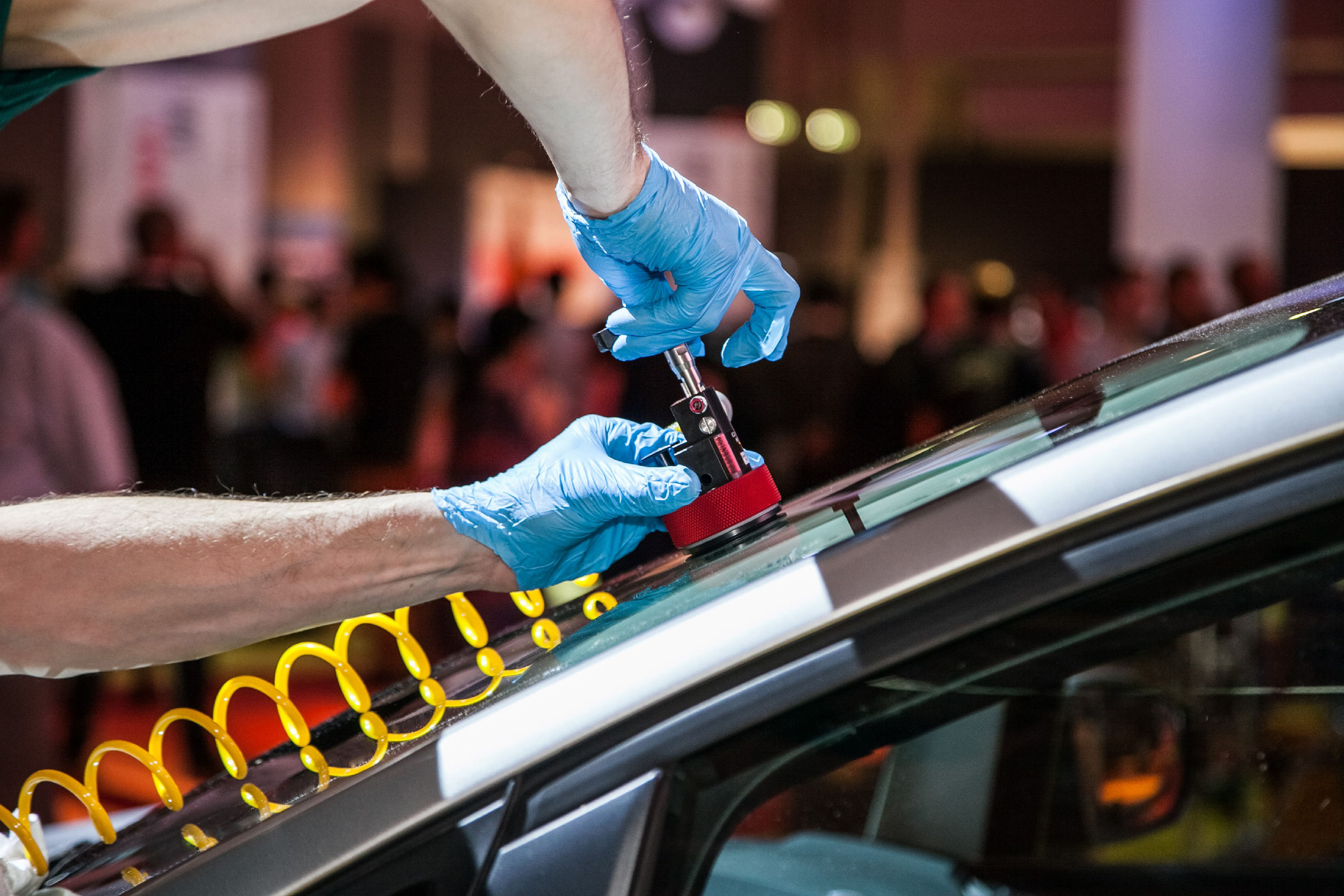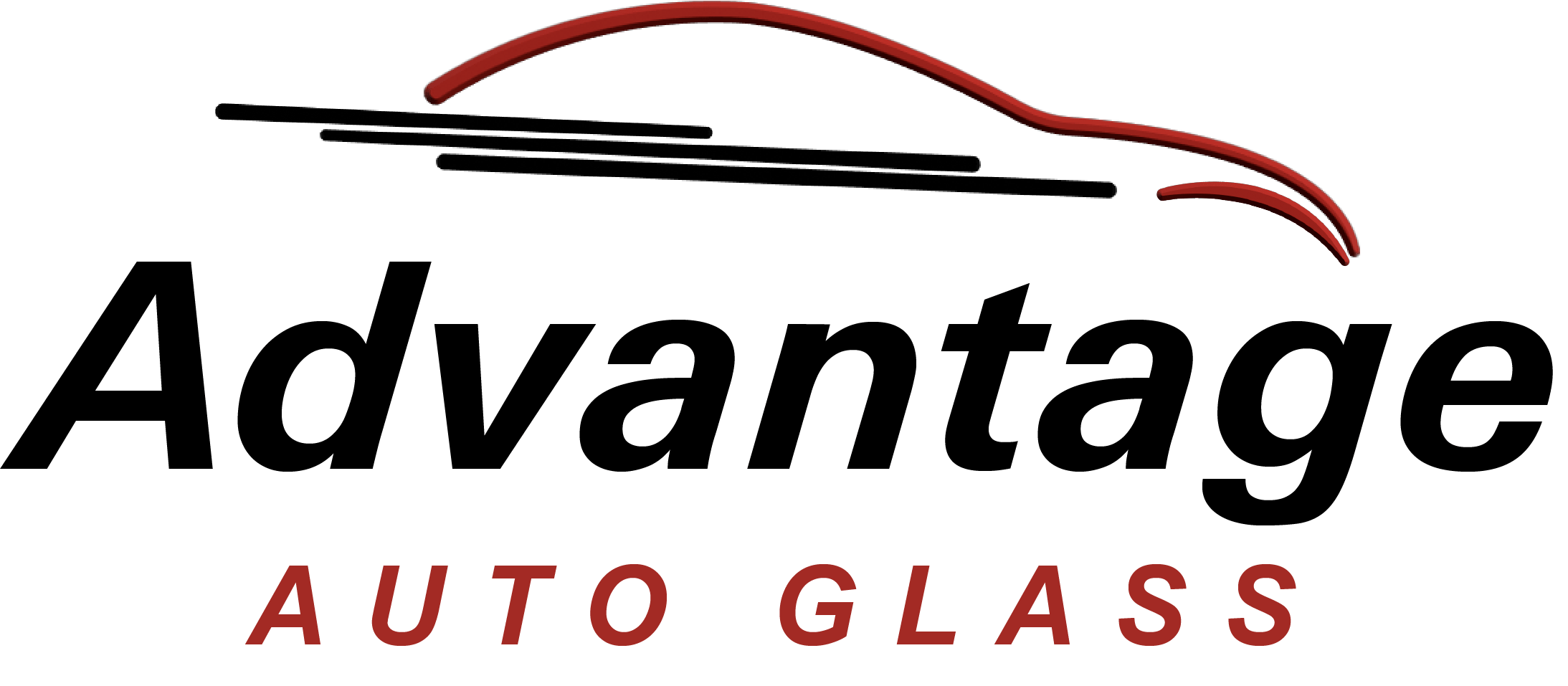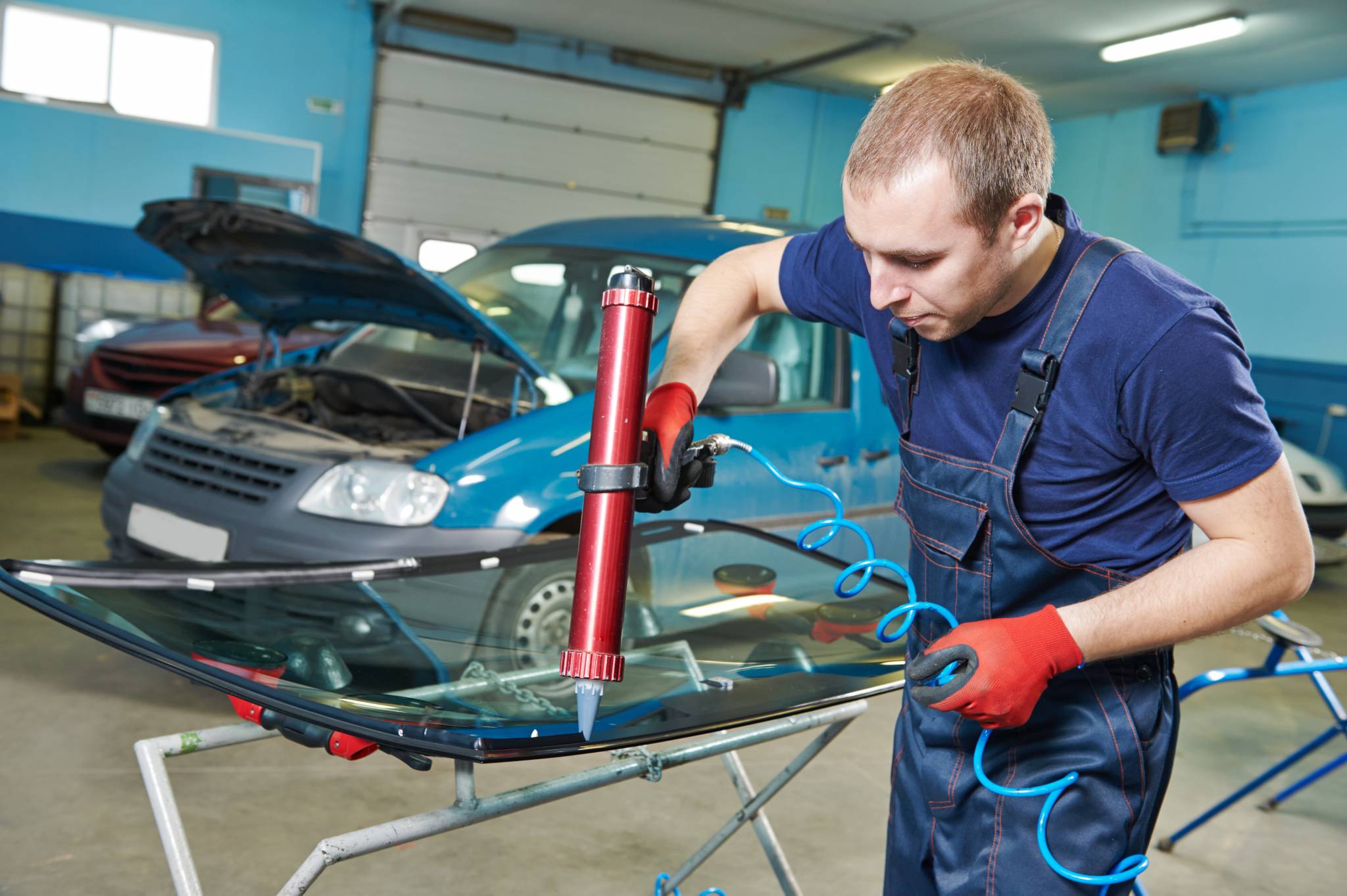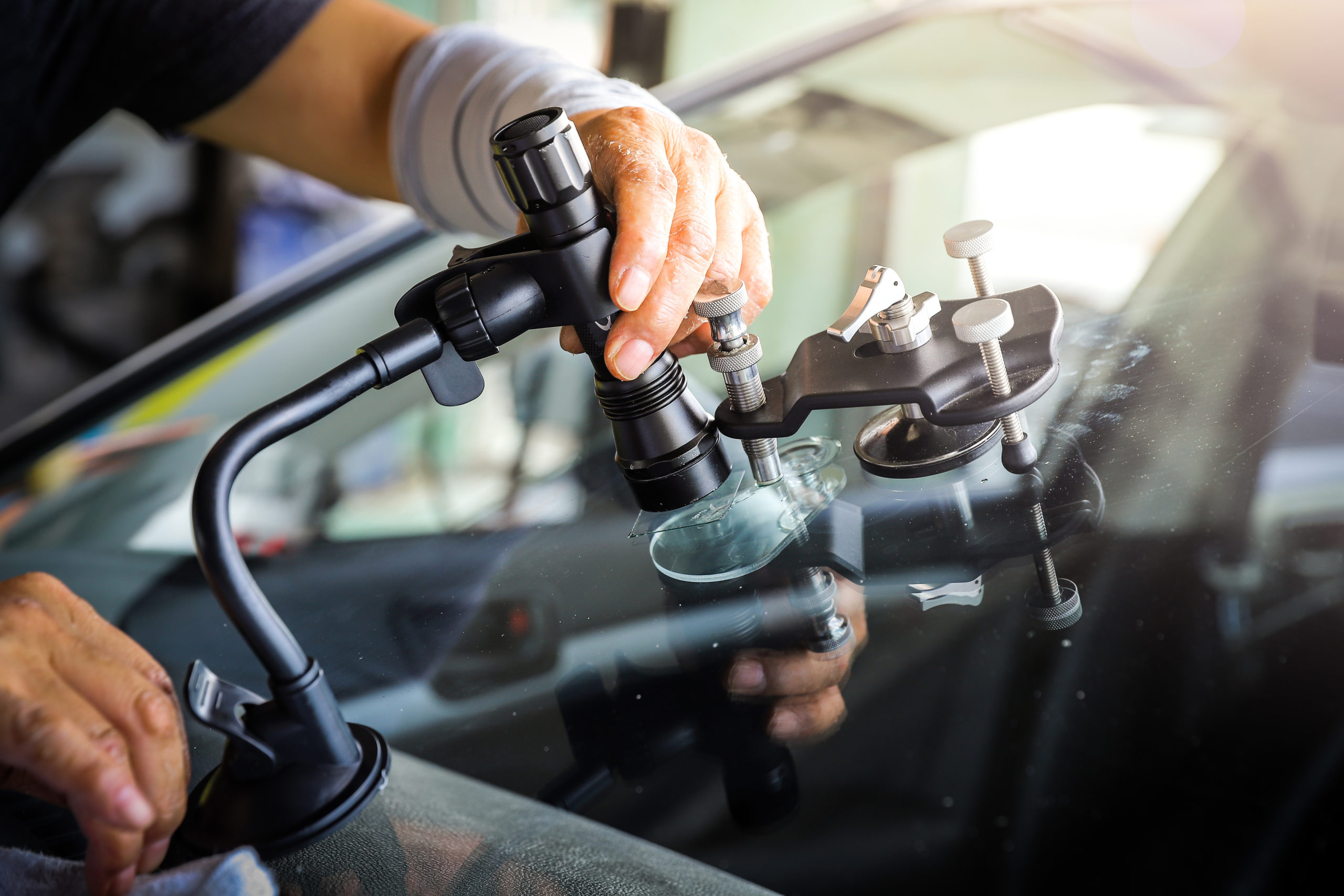
Do You Need ADAS Recalibration After Auto Glass Repair?
- September 13, 2023
- eBridge Technologies
- Embark
In today’s rapidly advancing automotive industry, cutting-edge technology is integrated into our vehicles, enhancing safety, convenience, and overall driving experience. One such technological marvel is the Advanced Driver Assistance Systems (ADAS), with features designed to assist drivers and reduce the likelihood of accidents. These systems rely on sensors and cameras, many of which are delicately connected to your vehicle’s windshield.
However, when your vehicle’s windshield sustains damage and requires repair or replacement, the question arises: Do you need ADAS recalibration after auto glass repair? In this blog, we’ll dive deep into the world of ADAS technology. Let’s explore the crucial factors you should consider when making this critical decision.
Factors an Auto Glass Repair Company should know about ADAS Recalibration
An auto Glass Repair company plays a critical role in ensuring the safety and functionality of Advanced Driver Assistance Systems (ADAS) in modern vehicles. Understanding the factors related to ADAS recalibration is essential for these companies to provide comprehensive service to their customers.
Here are the key factors that auto glass repair companies should be aware of when it comes to ADAS recalibration:
Types of ADAS Systems:
Auto glass repair companies should be familiar with the various ADAS systems installed in vehicles.
These systems can include lane departure warning, adaptive cruise control, forward collision warning, parking assistance, and more. Knowing the specific ADAS features in a vehicle is crucial for proper recalibration.
Sensor Locations:
ADAS systems rely on sensors and cameras strategically placed around the vehicle. Some of these sensors are integrated into the windshield, rearview mirror, or other parts of the vehicle.
Auto glass technicians should be aware of the sensor locations to avoid damage during glass repair or replacement.
ADAS Components in the Windshield:
Many ADAS components, such as cameras and sensors, are often mounted on or near the windshield.
When replacing a windshield, technicians must handle these components with care. Damage or misalignment can result in the need for recalibration.
Impact on ADAS After Glass Repair:
Even minor repairs or replacements to the windshield can impact ADAS functionality. This can include changes in sensor alignment, calibration settings, or the physical condition of the sensors.
Auto glass repair companies should assess the potential impact on ADAS and communicate this to customers.
Recalibration Equipment and Expertise:
An auto glass repair company should invest in the necessary equipment and training for ADAS recalibration.
Recalibration typically involves precise adjustments to ensure sensors are aligned correctly. Specialized tools and software are often required for this process.
OEM Guidelines:
Following Original Equipment Manufacturer (OEM) guidelines is crucial. Different vehicle manufacturers may have specific requirements for ADAS recalibration.
Auto glass repair companies should adhere to these guidelines to ensure compliance and safety.
Testing and Quality Assurance:
After any glass repair or replacement involving ADAS components, thorough testing should be conducted to confirm that the systems are functioning correctly.
This includes road testing to verify the accuracy of features like lane-keeping assist and adaptive cruise control.
Documentation and Records:
Maintaining accurate records of ADAS recalibration procedures is essential for both safety and liability reasons.
Companies should keep detailed documentation of the work performed, including before-and-after calibration data.
Customer Education:
Auto glass repair companies should educate their customers about ADAS systems and the importance of recalibration after glass repair or replacement.
Informed customers are more likely to prioritize safety and follow through with recalibration services.
Ongoing Training and Updates:
The field of ADAS technology is continually evolving. Auto glass technicians should stay updated with the latest developments, equipment, and recalibration techniques to ensure the highest level of service.
Signs that You Need ADAS Recalibration After Auto Glass Repair
After auto glass repair or windshield replacement, it’s essential to be aware of the signs that may indicate the need for Advanced Driver Assistance Systems (ADAS) recalibration. ADAS systems rely on precise sensor and camera alignment to function correctly.
Any disruption or misalignment resulting from the repair process can affect their performance and compromise safety. Here are the signs to watch out for that may indicate the need for ADAS recalibration by the best auto glass repair:
Warning Lights or Messages:
- One of the most obvious signs is the appearance of warning lights or messages on your vehicle’s dashboard.
- These warnings might be specific to the ADAS features affected, such as lane departure warning, adaptive cruise control, or collision avoidance systems.
- If any ADAS-related warning lights illuminate, it’s a clear indicator that something needs attention.
Inaccurate or Unresponsive ADAS Features:
- ADAS features may not work as expected if recalibration is needed. For example, your lane-keeping assist might struggle to keep the vehicle within the lane, or adaptive cruise control may not maintain a consistent following distance.
- If you notice that ADAS features are less accurate or unresponsive, it’s a strong signal that recalibration is necessary.
Misalignment of Camera or Sensor Housing:
- During auto glass repair or replacement, the sensors or cameras attached to the windshield may be disturbed or misaligned.
- If you observe that the camera or sensor housing doesn’t appear to be in its correct position or if it’s visibly damaged, this suggests that recalibration may be needed.
Changes in Driving Behavior:
- Pay attention to how your vehicle behaves after auto glass repair.
- If you notice unusual or erratic driving behavior, such as abrupt braking or steering interventions by the ADAS, it could be an indication of misaligned sensors or cameras.
Loss of Precision in ADAS Functions:
- ADAS systems are designed to provide precise assistance.
- If you notice that features like lane-keeping assist no longer provide smooth and accurate steering corrections or that adaptive cruise control doesn’t adjust speed as smoothly as before, this can be a sign of recalibration necessity.
Vehicle Drifting in Lane:
- A clear sign of potential misalignment is your vehicle drifting within the lane even when the road is straight and level.
- This can happen when the lane-keeping assist system is not functioning correctly due to sensor misalignment.
Unusual Noises or Vibrations:
- In some cases, sensor or camera misalignment can lead to unusual noises or vibrations in your vehicle.
- These might occur when the ADAS system attempts to make corrections but cannot do so accurately due to sensor issues.
Failure to Recognize Traffic Signs or Objects:
- Some ADAS systems are designed to recognize and respond to traffic signs, pedestrians, or other vehicles.
- If your vehicle consistently fails to detect and respond to these objects or signs, it could be a sign of sensor misalignment.
Sudden Changes in ADAS Behavior:
- If you experience sudden and unexpected changes in how your ADAS features behave, such as the vehicle suddenly braking for no apparent reason, this can indicate a calibration issue that needs attention.
What if Auto Glass Repair Services ignore ADAS Recalibration?
Ignoring ADAS recalibration after auto glass repair can have serious consequences, both for the vehicle owner and the best auto glass repair service itself.
Read on to know the potential outcomes and repercussions if auto glass repair services neglect ADAS recalibration:
Compromised Safety:
- The primary purpose of ADAS systems is to enhance vehicle safety. Ignoring recalibration can lead to misaligned sensors and cameras, causing these systems to malfunction or provide inaccurate information.
- This can compromise critical safety features like emergency braking, potentially leading to accidents and injuries.
Liability Concerns:
- If a vehicle’s ADAS systems are not functioning correctly due to sensor misalignment after glass repair, and an accident occurs as a result, the auto glass repair services could face liability claims.
- Neglecting recalibration may be viewed as negligence, especially if it’s found that the service was aware of the need for recalibration but failed to perform it.
Customer Dissatisfaction:
- Vehicle owners expect a comprehensive and professional service when they get their auto glass repaired or replaced.
- Neglecting ADAS recalibration can lead to customer dissatisfaction and damage the reputation of the auto glass repair service.
- Dissatisfied customers are more likely to share negative experiences online and with others, which can harm the business’s image.
Loss of Business:
- Ignoring ADAS recalibration may result in the loss of future business. Vehicle owners are becoming increasingly aware of the importance of ADAS systems and are more likely to choose auto glass repair services that offer recalibration as part of their service.
- Neglecting this service can lead to a decline in customers and revenue.
Non-Compliance with OEM Guidelines:
- Many vehicle manufacturers provide specific guidelines regarding ADAS recalibration after auto glass repair or replacement.
- Ignoring these guidelines can lead to non-compliance, which may affect warranties and could also have legal implications.
Regulatory Issues:
- In some regions, there are regulations and standards in place that require auto glass repair services to offer ADAS recalibration when necessary.
- Ignoring these regulations can result in fines or legal action against the business.
Increased Costs in the Long Run:
- Ignoring recalibration may save time and money in the short term, but it can lead to more significant costs in the long run.
- If misaligned ADAS sensors cause accidents or damage, the best auto glass repair may be responsible for covering these costs, which can be substantial.
Conclusion
In conclusion, the question of whether you need ADAS recalibration after auto glass repair is not one to be taken lightly. ADAS is crucial in vehicle safety and convenience, and their proper functioning relies on precise sensor and camera alignment.
Ignoring the importance of ADAS recalibration can have far-reaching consequences, from compromised safety on the road to potential legal and financial loss. Feel free to contact “advantageautoglass.net” for further queries in this regard as they are highly professional in the town for your vehicles’ auto glass.




